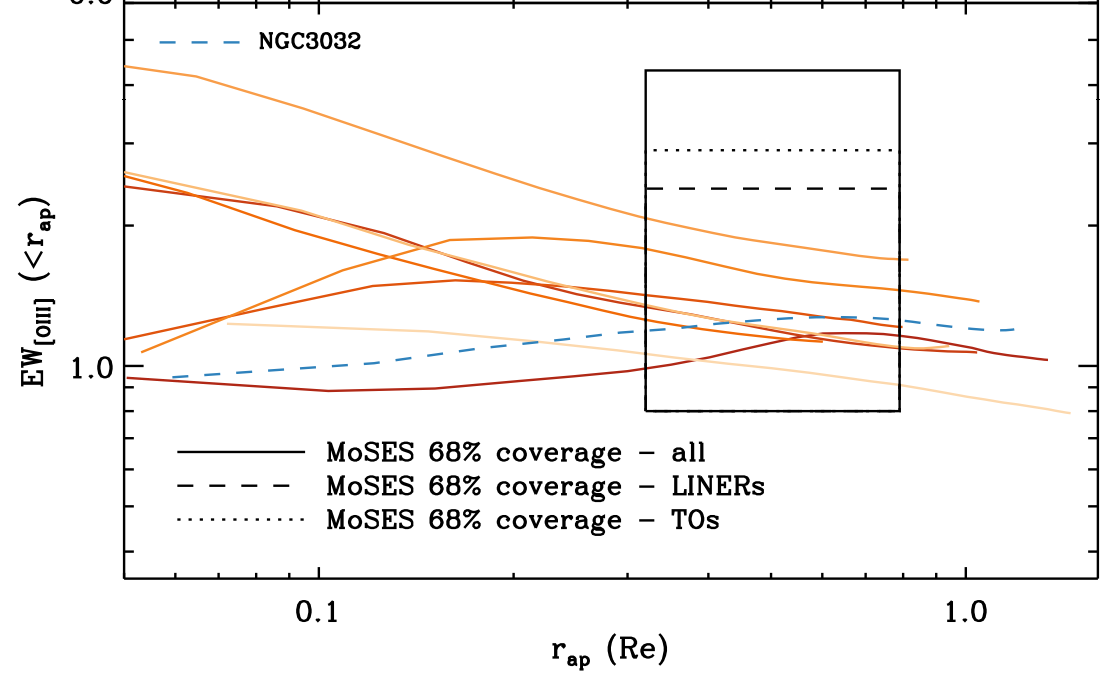Daily Image
02-02-2010Last week's colloquium: The Sources of Ionisation for the Gas in Early-type Galaxies (Marc Sarzi, Hertfordshire)
| Submitter: | Jean-Mathias Griessmeier |
| Description: | Over the last 25 year a number of imaging and spectroscopic survey have now conclusively shown that early-type galaxies (ETGs) often contain a considerable gaseous reservoir. Unlike for spiral galaxies, however, such gas does not generally turn into stars and its optical emission cannot easily be explained as due to photoionisation by O-stars. In fact, the nebular spectrum of ETGs most often feature low-ionization lines that requires a harder ionizing spectrum than can be provided by very young stars. A number of mechanisms have been proposed over the years to explain the ionised-gas emission of ETGs, including a central AGN, shocks, old UV-bright stars, and the interaction with the hot ISM. I will review the plausible role of each of these mechanisms, and show that all, to a different extent in different objects, can contribute to power the nebular spectrum of ETGs. Image above: Radial cumulative profiles for the strength of the extended [OIII] emission of nearby early-type galaxies, observed with the SAURON integral-field spectrograph. As I will show in my talk, many early-type galaxies display diffuse nebular emission that is most likely powered by old, UV-bright stars, with AGN photoiozation playing a role only in the central regions. Such diffuse emission would be classified as LINER-like, which is observed also in many nearby nuclei. For more distant galaxies, such as the one observed by the Sloan survey, the presence of central LINER-like emission may not necessarily arise from an active nucleus, since the SDSS spectra encompass in fact large physical regions (typically between 30% to 80% of an effective radius). Our SAURON integral-field data show that when the diffuse nebular emission from nearby early-type galaxies is integrated to similar apertures as observed with SDSS in more distant objects, the observed emission has the typical strength (quantified through the equivalent width of the lines) that is observed in SDSS spectra with LINER-like emission. This result casts serious doubts on interpreting such SDSS objects as being powered by a central AGN. |
| Copyright: | M. Sarzi |
| Tweet |  |
